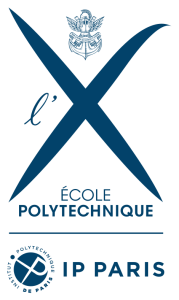This course offers a deep dive into Large Language Models (LLMs), blending essential theory with hands-on labs to develop both practical skills and conceptual understanding—preparing you for roles in LLM development and deployment.
The curriculum begins with a brief overview of key historical NLP techniques. It then transitions to the transformer architecture, focusing on its attention mechanism and tokenization—the core of modern LLMs. Pre-training objectives such as masked/denoising language modeling and causal language modeling will also be covered, forming the basis for models like BERT, GPT, and T5. The course then examines LLM post-training techniques used to refine pre-trained models, including instruction tuning (SFT), reinforcement learning from human feedback (e.g., PPO/DPO), and reinforcement learning from verifiable rewards (e.g., GRPO). Finally, the course will address LLM application and future directions—including RAG, agents, multimodality, and alternative model architectures.
